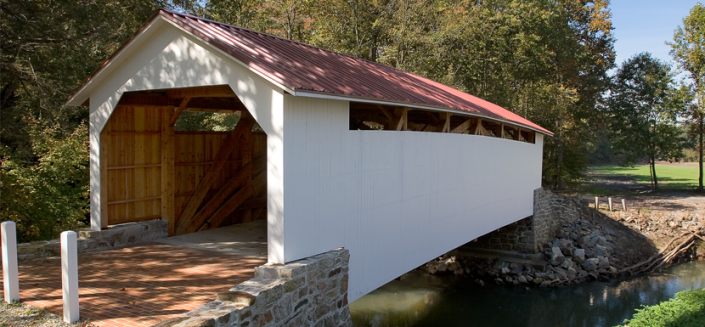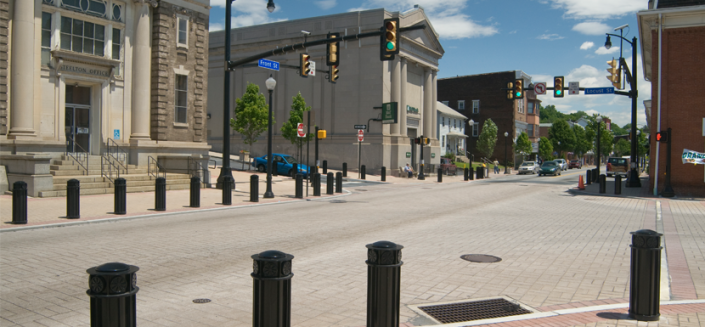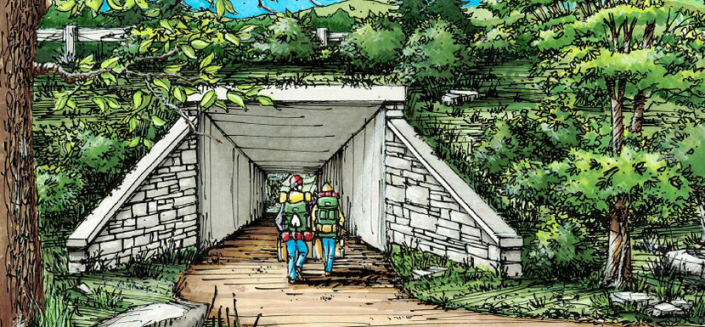As Silver Spring Township’s engineer, HRG used vehicle mounted state-of-the-art laser scanning technology to develop a comprehensive Roadway Management Program for maintaining and prioritizing improvements to the township’s 86.5 miles of roadway.
In order to collect the data needed to develop the Roadway Management Program (RMP), specialized vans (as pictured) drove all 86.5 miles of township-owned roads. The data was collected without the need for road closures or detours.
As the vehicles travelled the roadway system, high definition cameras and laser scanners collected detailed roadway conditions such as cracks, pot holes, wheel rutting, and patching/utility cuts. The scanners also provided a complete inventory of roadway assets such as street signs, inlets and manholes.
HRG used this data to conduct a comprehensive pavement condition analysis. We then developed a prioritized list of maintenance and rehabilitation work items broken down by roadway segments. The list included planning level cost estimates.
The maintenance and rehabilitation work was prioritized to provide the best treatment at the best time in order to maximize pavement life. The roadway’s function in the local transportation system and its level of disrepair were key factors in this prioritization.
The program emphasized preventative maintenance activities like crack sealing and surface sealing that are proven to prolong pavement life at a reduced life-cycle cost.
Each year, the program is easily updated with the maintenance and rehabilitation work that was completed in the previous paving season. This task is typically completed just before the township begins budgeting for the subsequent year. The update provides a clear work plan for the next paving season, so that the township can prepare forces and/or contracts over the winter months in advance of the paving season.
The program has helped Silver Spring Township understand the value of their roadway system and budget for future expenditures, demonstrating that paving dollars are being expended in a cost-effective manner. Having a plan like this in place is also instrumental in obtaining additional funding from very competitive state grant programs such as PennDOT and the Commonwealth Financing Authority multimodal programs.
The ability to submit more competitive grant applications will ultimately help the township keep their tax rates low and ensure the roadway system is being maintained at the highest level of serviceability.
Moreover, the quality of the township’s program will only improve with time as the system is updated with new information. Prior to the initiation of this program, the township had limited information on the age and maintenance of its roadways, so estimated dates were plugged into the analysis to calculate remaining pavement life. Since the data is easily incorporated into the township’s Geographic Information System, the township is using it to keep highly accurate maintenance and inventory records moving forward.




